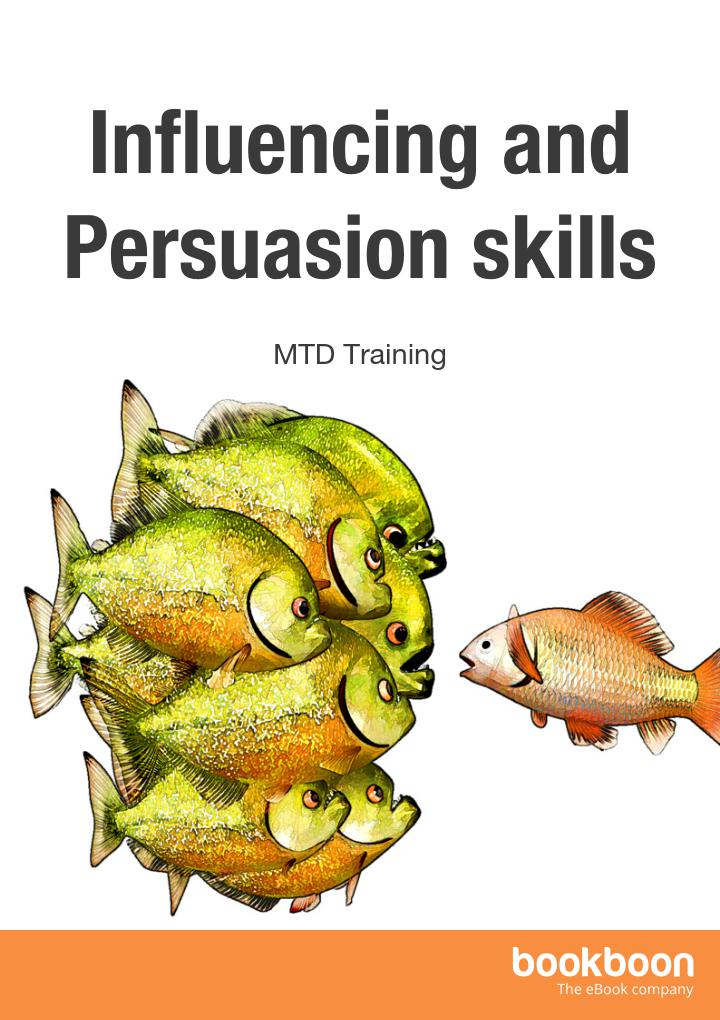The 5 steps of persuasion: all you need to know

What comes to your mind when you think about influencing and persuading people? Something negative, right? Although some people might try to persuade and influence by being abrasive or aggressive, nothing can be achieved without effectively communicating with, influencing, and persuading employers, employees, clients, suppliers, and customers.
True persuasion and influence means that you are able to convince others of the merit of your ideas without needing to bully or disrespect others. Instead, you learn to understand what a particular person needs to hear, believe, or see in order to be persuaded. Then you are able to deliver the missing information or communication in the way that the other person is actually able to hear it.
But what does it take to truly persuade someone? Below you can find one famous theory of how persuasion works.
Monroe’s Motivated Sequence of Persuasion Steps
In the 1930s, John Monroe developed a series of steps that he believed were the keys to persuading another individual. The steps are: Attention, Need, Satisfaction, Visualization and Action.
Attention
To get someone to listen to your argument, you need to get their attention. You have about five seconds when talking to someone to engage their attention before they will lose focus. You can do this in several ways.
- Use their name with a tone that conveys urgency or importance
- Use emotion to demonstrate your position – smile, frown, be exasperated – whatever emotion conveys the strength of your position
- Physically touch them if you have the level of rapport where this is appropriate. Put your hand on their forearm or shoulder to draw their attention.
- Bring up a topic that you know they are passionate about and segue into your argument – but be sure there is a valid connection so you don’t seem to be changing the topic too quickly
- Start with a statement that conveys the benefit of your position for the other person
Need
Once you have the other person’s attention, work to keep it. You can lose their attention as quickly as you have it if the other person doesn’t see the need to continue listening. To keep the other person’s attention, you have to be familiar with what is important to them. What do they want? What do they value? Why should they care about your side of the argument? Once you can answer these questions, you are ready to ‘hook’ the listener by focusing on what they care about.
Satisfaction
In this step, you describe to the listener how your position will meet the need you addressed in the previous step. Will your solution solve their problem? Will it prevent them from having to deal with additional problems? In other words, what benefits will the listener receive if they are persuaded by your argument. Or what negative consequences will they avoid?
Visualization
Visualization means that you can create a picture for the listener of what the situation will look like once they have been persuaded to accept your position or agree to your decision. Help them do this by describing what the world will be like ‘after’ they agree with you. For example, use language like:
- Imagine what it will be like when you no longer have to…
- Can you see how this would reduce your work load (solve your problem, increase your profits, etc.)
- Picture yourself leaving work on time once we make this change (or some other way their life will improve once they agree with you)
Action
Once you sense that you are approaching agreement, you need to cement it by suggesting the next step or action that will put your solution in motion. Don’t wait – act as soon as you can so that the other person is not left stewing and thinking things over more (and perhaps changing their mind).




